Lipidomic profiling reveals soluble epoxide hydrolase as a therapeutic target of obesity-induced colonic inflammation
- PMID: 29717038
- PMCID: PMC5960306
- DOI: 10.1073/pnas.1721711115
Lipidomic profiling reveals soluble epoxide hydrolase as a therapeutic target of obesity-induced colonic inflammation
Abstract
Obesity is associated with enhanced colonic inflammation, which is a major risk factor for colorectal cancer. Considering the obesity epidemic in Western countries, it is important to identify novel therapeutic targets for obesity-induced colonic inflammation, to develop targeted strategies for prevention. Eicosanoids are endogenous lipid signaling molecules involved in regulating inflammation and immune responses. Using an LC-MS/MS-based lipidomics approach, we find that obesity-induced colonic inflammation is associated with increased expression of soluble epoxide hydrolase (sEH) and its eicosanoid metabolites, termed fatty acid diols, in colon tissue. Furthermore, we find that pharmacological inhibition or genetic ablation of sEH reduces colonic concentrations of fatty acid diols, attenuates obesity-induced colonic inflammation, and decreases obesity-induced activation of Wnt signaling in mice. Together, these results support that sEH could be a novel therapeutic target for obesity-induced colonic inflammation and associated diseases.
Keywords: colonic inflammation; obesity; soluble epoxide hydrolase.
Conflict of interest statement
The authors declare no conflict of interest.
Figures
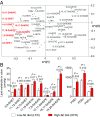
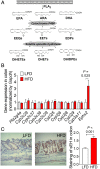
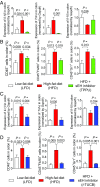
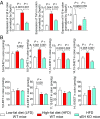
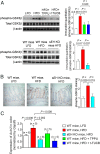
Comment in
-
Proinflammatory enzyme soluble epoxide hydrolase bridges obesity to colonic inflammation and potential carcinogenesis.Proc Natl Acad Sci U S A. 2018 Jun 5;115(23):5827-5828. doi: 10.1073/pnas.1807520115. Epub 2018 May 16. Proc Natl Acad Sci U S A. 2018. PMID: 29769328 Free PMC article. No abstract available.
References
-
- Flegal KM, Carroll MD, Kit BK, Ogden CL. Prevalence of obesity and trends in the distribution of body mass index among US adults, 1999-2010. JAMA. 2012;307:491–497. - PubMed
Publication types
MeSH terms
Substances
Grants and funding
LinkOut - more resources
Full Text Sources
Other Literature Sources
Medical
Molecular Biology Databases

